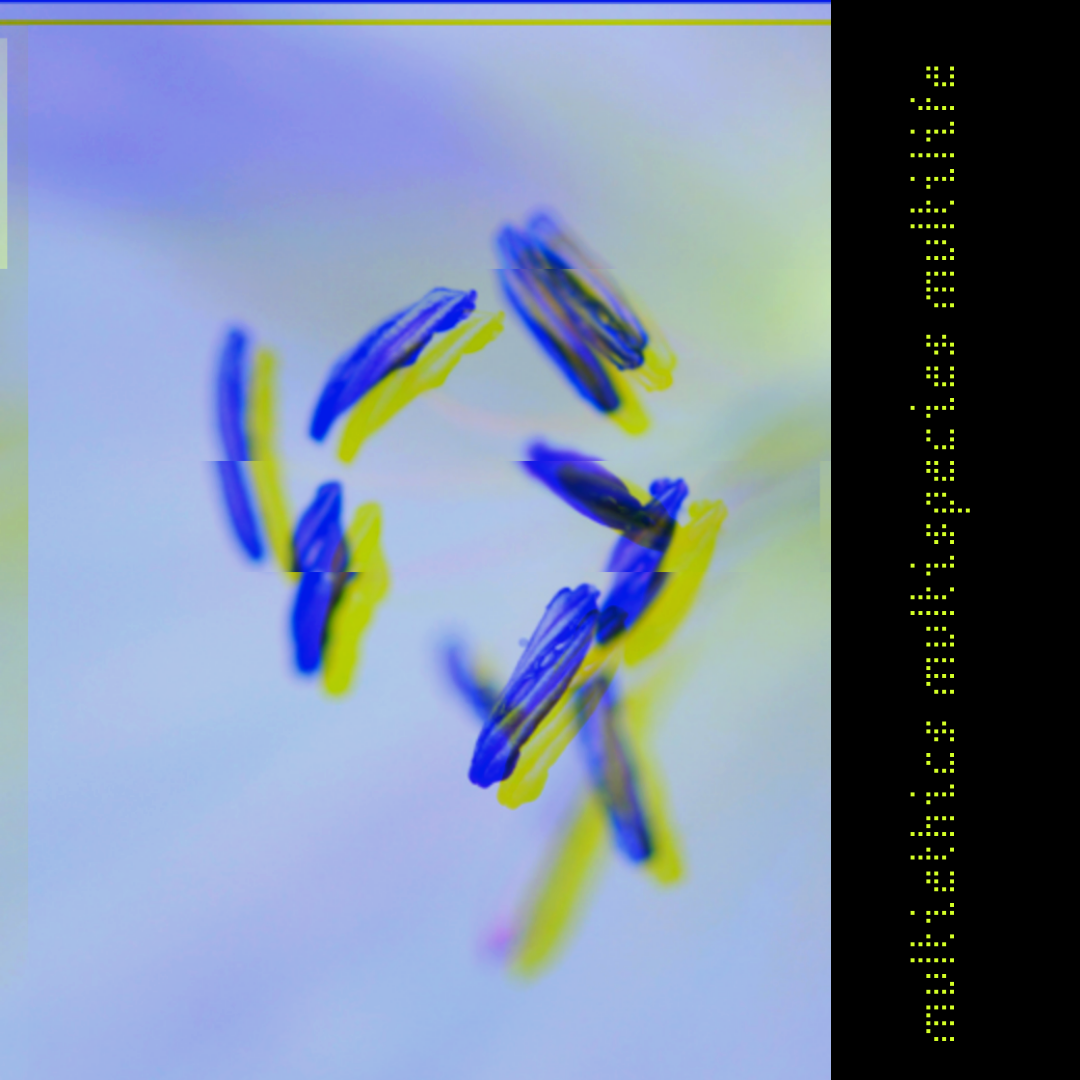
Ann Lauinger
Artist Statement: Talking & Listening to Plants
I grew up, and still live, in the northeast, where fall is plainly distinguishable from summer. Both “Persimmons on the Ground” and “Dispersal” came out of my long-standing fascination with what’s left behind, what comes after the fullness of summer, after the apogee of beauty and showiness. (The English language gives us a helpful shove in this direction, pairing the name autumn—of doubtful etymology, according to the Oxford English Dictionary—with the alternative fall, whose origins seem pretty clear!) In the last couple of years, I’ve learned something about milkweeds—the variety of species, the insect life they support, and the science of their life-giving and death-dealing properties. But my own relation to plants is, first, sensuous and next, mediated through poetry and art. While I regularly see milkweeds in the park where I walk and in my own garden, the vision of persimmons lying on the ground I owe to several beautiful photographs taken by my friend, Pauline Watts. In addition to the two poets I quote in “Dispersal,” another, though not named, is the inextricable thread through all my meditating on fall. If both these poems end with an upward glance, it’s Keats’s “gathering swallows” who led me there.
Ann Lauinger’s three books are Persuasions of Fall (U. of Utah), which won the Agha Shahid Ali Prize for Poetry, Against Butterflies (Little Red Tree), and Dime Saint, Nickel Devil (Broadstone Books). Poems and translations have appeared in journals such as The Cumberland River Review, Georgia Review, Parnassus, Southern Poetry Review, Transference; in several anthologies, including the Bedford Introduction to Literature; and on Poetry Daily and Verse Daily. Professor emerita of literature at Sarah Lawrence College, she lives and gardens near the Hudson River in Westchester County, NY.


